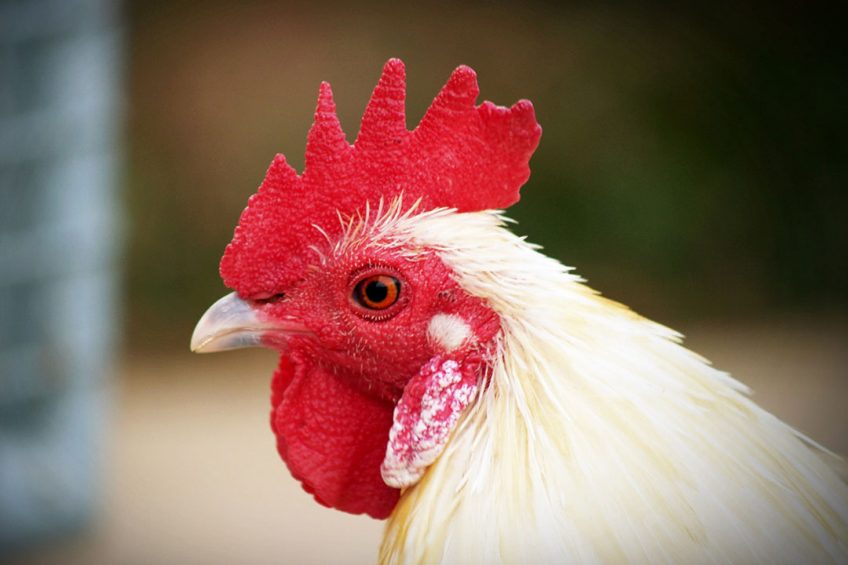Taiwan: Will consumers pay for high welfare broilers?

Research into consumer willingness to pay for broilers’ welfare improvements in Taiwan has shown that some people are willing to pay more for meat raised to higher welfare standards.
The study, led by researchers at Chaoyang University of Technology, Taiwan, found that consumers’ food safety concerns combined with farm animal welfare can influence their willingness to pay.
Making a difference
The more consumers believed that they could make a difference in the improvement of animal welfare, the more they were willing to pay.
Welfare issues vs the producers’ responsibility
But consumers were often confused by welfare issues and those that felt that farm animal welfare was the producers’ responsibility were less willing to pay.
The results, which were based on 2 different models, suggest that socioeconomic characteristics, such as level of education, income level, gender and age significantly affected consumers’ willingness to pay.
Who is more willing to pay more?
Women were more willing to pay more than men as were consumers with a college, Master’s degree or Ph.D.
Consumers with monthly income levels ranging from 55,000 to 700,000NTD ($1,746 – $22,218) were willing to pay more than others while respondents who fell within the age range of 55-65 were happier to pay an enhanced rate.
Also read: Retailers and producer groups are leading the way in driving forward positive animal welfare changes across all animal production sectors. Find out more…
The scientists, who in their paper, noted the increased consumer level of welfare interest in the broiler sector in Europe, argued that if consumers recognised that animal welfare products were healthier, they would be willing to pay premium prices.
Also read: Churches investing in animal welfare
High welfare practices does not mean loss of competitiveness
Such a result, they stressed, implied that adopting high welfare practices would not result in businesses losing competitive advantage due to increased production costs.
Producers adopting high welfare methods could gain a competitive advantage as a result of market segmentation by providing consumers with healthier products.
Consumer interest in broiler welfare is growing, particularly in Europe, due to pressure from animal welfare groups, such as Dutch group Wakker Dier, which targeted retailers asking them to stop selling “plofkip” chickens. As of 2017, all fresh poultry meat sold in Dutch supermarkets comes from slower growing breeds.
Paul van Boekholt, global marketing manager Hubbard breeders, believes the pressure in Europe for higher welfare broilers will spread across the globe as people become wealthier and more educated.
Mr van Boekholt pointed to the work of the Global Coalition for Animal Welfare – backed by Nestle, Unilever, Aramark, Compass Group, Elior Group and others – which is demanding improved broiler chicken welfare.
And the Joint Animal Protection Organisation statement is calling for the replacement of 100% of chicken breeds that result in poor welfare outcomes by 2024.
The Taiwanese research has been published this month in the special issue Human and Animal Sensitivity: How stock-people and consumer perception can affect anima welfare.












